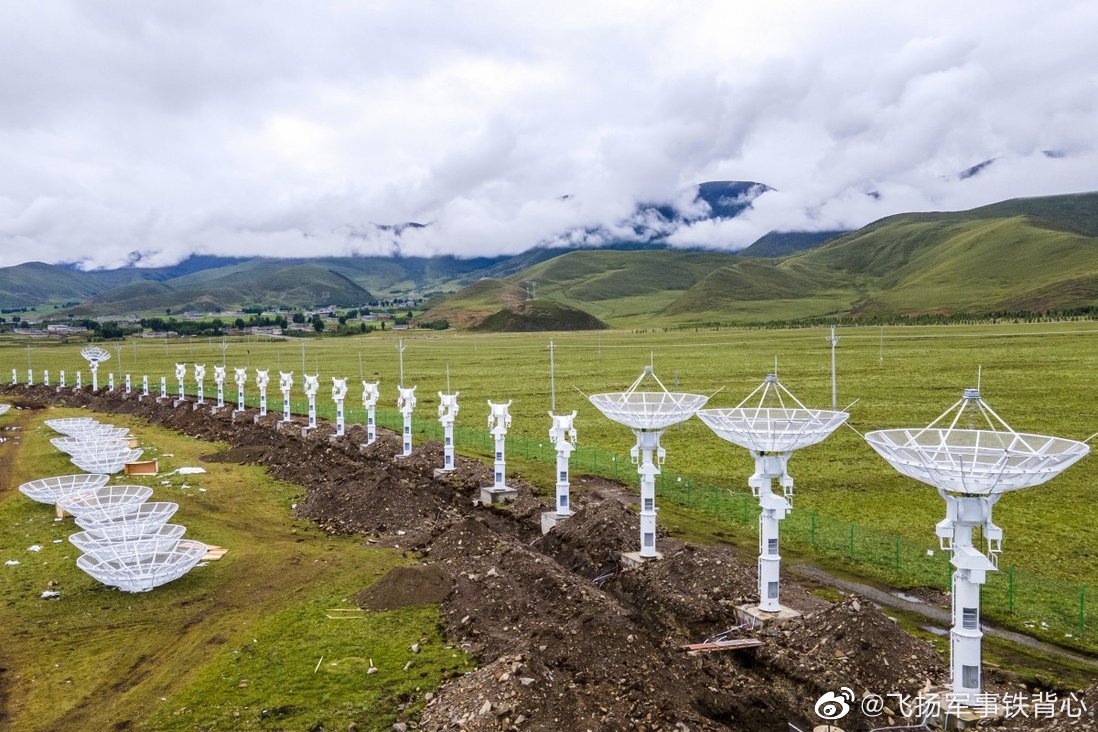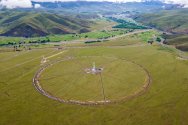I don't think the sail would take that long time to brake the rocket.Unlikely. It will take this sail some two years to de-orbit the spent rocket, that’s a long time to be waiting.
Think about the Hall effect thrust devices. They help the position control of the much heavier spacecraft within hours to days. So I think the de-orbiting sail, as it is continuously exposed in the upper atmosphere, would much probably take effect within days to weeks, or several months at most.


